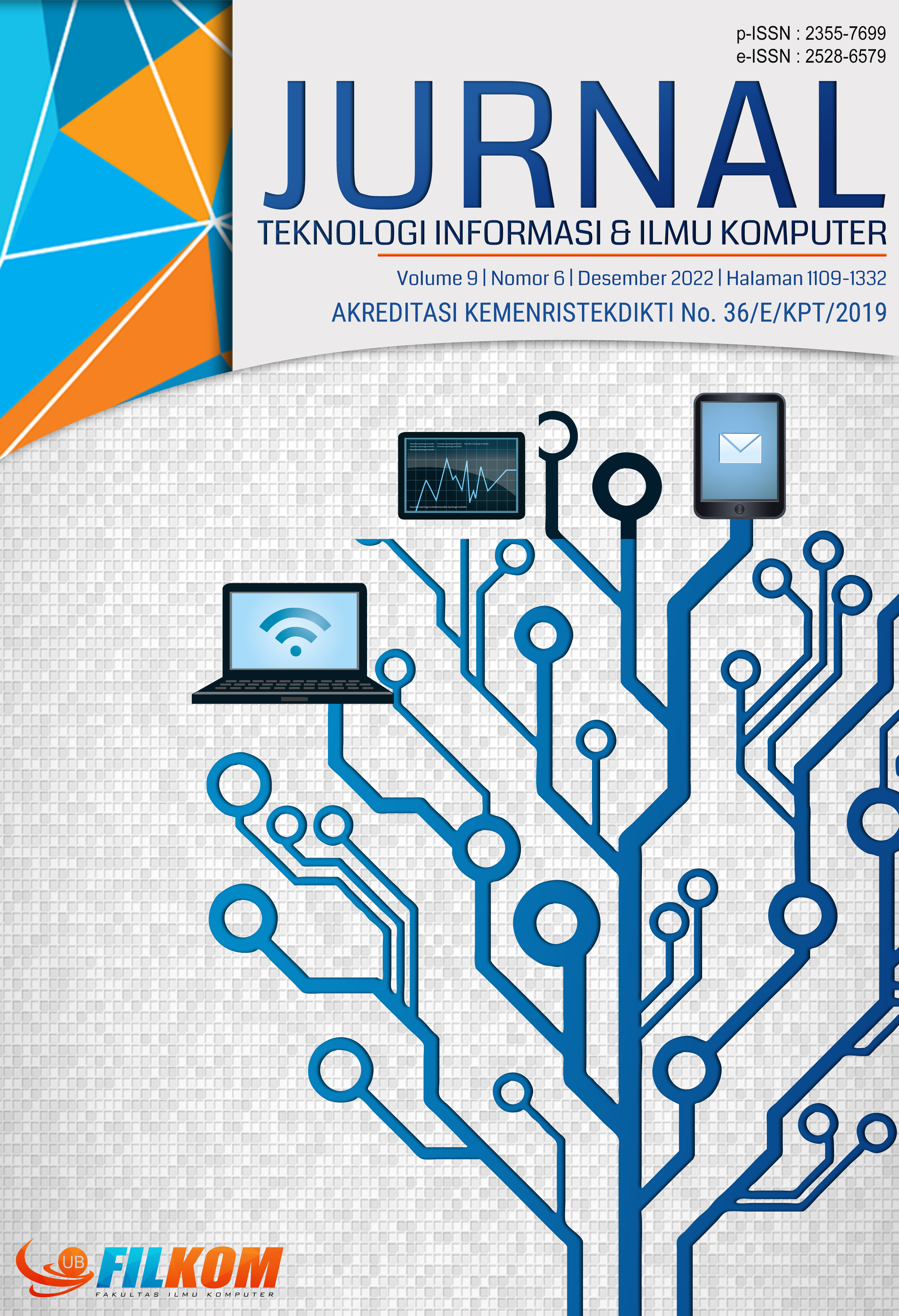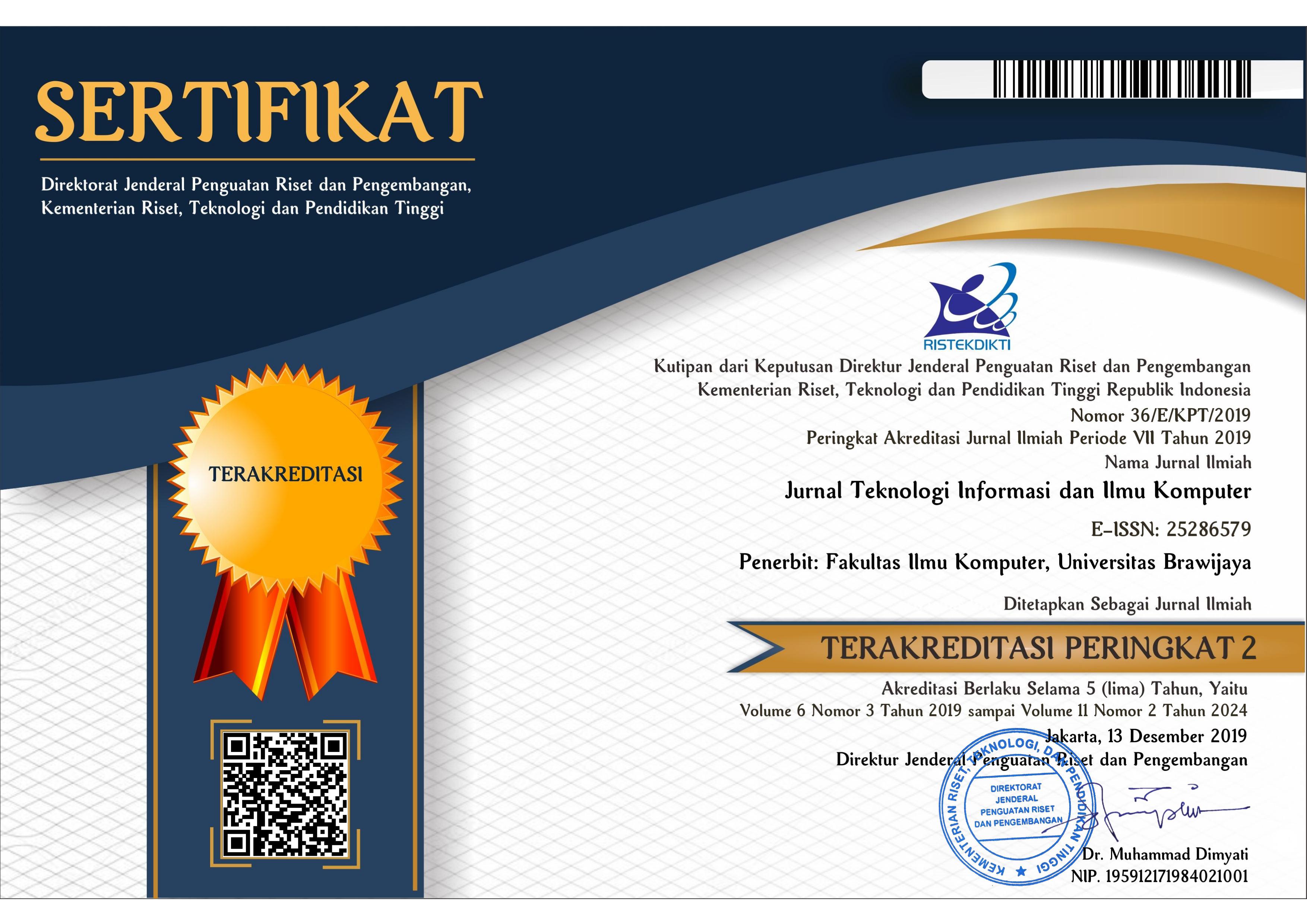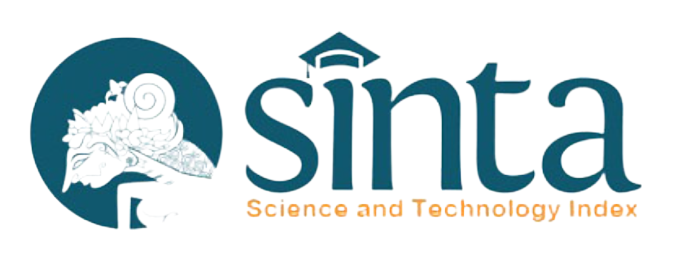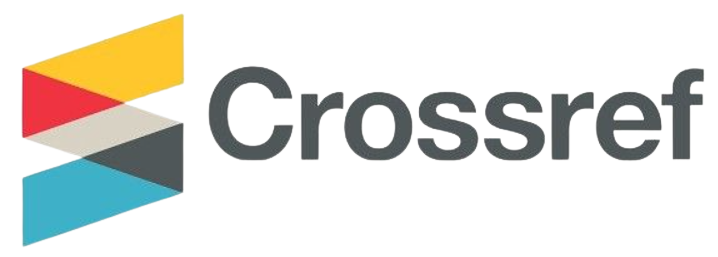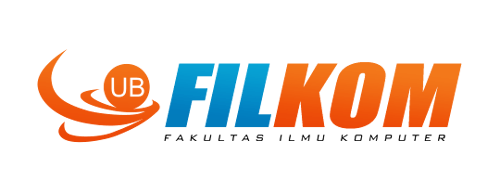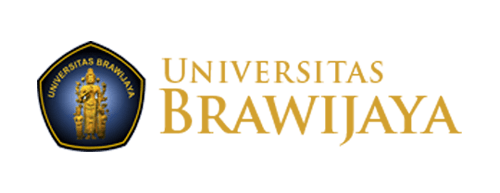Kinerja Metode Rank Sum, Rank Reciprocal dan Rank Order Centroid Menggunakan Referensi Poin Moora (Studi Kasus: Bantuan Kuota Data Internet untuk Mahasiswa)
DOI:
https://doi.org/10.25126/jtiik.2022934883Abstrak
Penentuan bobot kriteria merupakan masalah yang sering muncul di banyak metode MCDM dan merupakan aspek kritis dalam pengambilan keputusan. Perbedaan bobot, bahkan perubahan bobot sekecil apa pun, dapat mengubah keputusan akhir secara drastis. Tujuan utama dari penelitian ini adalah menawarkan metode pengambilan keputusan multi-kriteria dalam penyaluran bantuan kuota data internet untuk pembelajaran online mahasiswa dari rumah (learn from home) agar tepat sasaran berdasarkan kebutuhan. Tujuan khususnya adalah untuk menggambarkan kinerja metode perankingan pembobotan kriteria dan bagaimana hasil akhir dari model keputusan multi-kriteria bergantung pada penggunaan metode pembobotan yang berbeda. Kriteria pengambilan keputusan bantuan kuota data internet berdasarkan kebutuhan pembelajaran online dan kemampuan biaya ekonomi mahasiswa. Metode perankingan bobot menggunakan teknik pembobotan Rank Sum (RS), Rank Reciprocal (RR) dan Rank Order Centroid (RoC) dan metode analisis keputusan preferensi menggunakan referensi poin dan optimasi Moora. Hasil penerapan pemilihan 5 sampel alternatif terbaik dari setiap metode menunjukkan terdapat perbedaan dalam urutan pemeringkatan (ranking) ke-4 dan ke-5, sedangkan urutan ranking ke-1, ke-2 dan ke-3 memilih alternatif yang sama, hal ini menunjukkan bahwa ketiga alternatif terbaik yang sama dari hasil preferensi metode RS-Moora, RR-Moora dan ROC-Moora merupakan alternatif yang direkomendasikan untuk mendapatkan bantuan kuota data internet bagi mahasiswa yang memiliki kebutuhan beban pembelajaran online yang tinggi, namun kemampuan biaya ekonomi rendah.
Abstract
Determination of criterion weights is a problem that occurs often in many MCDM methods and is a critical aspect of decision making. Differences in criterion weights, even the slightest change in weight, can drastically change the final decision. The main objective of this research is to offer an implementation multi-criteria decision-making (MCDM) method in distributing internet data quota assistance for students' learning online from home to be right on target based on the needs. Its special purpose is to describe the performance of the criteria-weighted ranking method and how the final outcome of the MCDM model depends on the use of different weighting methods. The decision-making criteria for internet data quota assistance are based on the needs of online learning and the ability of the student's economic costs. The weight ranking method uses the Rank Sum (RS) weighting technique, the Reciprocal Rank (RR) and the Rank Order Centroid (RoC), with the decision analysis method uses the reference point Moora. Results the selection of the 5 best alternative samples from each method shows that there are differences in the 4th and 5th rankings, while the 1st, 2nd and 3rd ranks choose the same alternative, this shows that the three best alternatives are the same From the results of the preference of the RS-Moora method, RR-Moora and ROC-Moora are the recommended alternatives to obtain internet data quota assistance for students with a high online learning load, but low economic ability.
Downloads
Referensi
BRAUERS, W.K., ZAVADSKAS, E.K., 2009. Robustness of the multi-objective moora method with a test for the facilities sector. Technol. Econ. Dev. Econ. https://doi.org/10.3846/1392-8619.2009.15.352-375
BRAUERS, W.K.M., ZAVADSKAS, E.K., 2012. Robustness of MULTIMOORA: A method for multi-objective optimization. Informatica. https://doi.org/10.15388/informatica.2012.346
BUDIMAN, E., 2020. Mobile Data Usage on Online Learning during COVID-19 Pandemic in Higher Education. Int. J. Interact. Mob. Technol. 14. https://doi.org/10.3991/ijim.v14i19.17499
DANIELSON, M., EKENBERG, L., 2017. Trade-offs for ordinal ranking methods in multi criteria decisions, in: Lecture Notes in Business Information Processing. https://doi.org/10.1007/978-3-319-52624-9_2
KEISLER, J.M., 2018. The value of assessing weights in multi-criteria portfolio decision analysis. J. Multi-Criteria Decis. Anal. https://doi.org/10.1002/mcda.427
KEMENDIKBUD, 2020. Peraturan Sekretaris Jenderal Nomor 14 Tahun 2020, tentang Petunjuk Teknis Bantuan Kuota Data Internet Tahun 2020. Jakarta.
MOLNAR, A., NEMETH, B., INOTAI, A., KALÓ, Z., 2017. Comparison of Weighting Methods Used During The Construction of Multiple-Criteria Decision Analysis Tool for Repeated Use In Lower Income Countries. Value Heal. https://doi.org/10.1016/j.jval.2017.08.2240
ODU, G.O., 2019. Weighting methods for multi-criteria decision making technique. J. Appl. Sci. Environ. Manag. https://doi.org/10.4314/jasem.v23i8.7
RIABACKE, M., DANIELSON, M., EKENBERG, L., 2012. State-of-the-art prescriptive criteria weight elicitation. Adv. Decis. Sci. https://doi.org/10.1155/2012/276584
ROSZKOWSKA, E., 2013. Rank Ordering Criteria Weighting Methods – a Comparative Overview. Optimum. Stud. Ekon. 14–33. https://doi.org/10.15290/ose.2013.05.65.02
SVENSSON, M., HULTKRANTZ, L., 2017. A Comparison of Cost-Benefit and Cost-Effectiveness Analysis in Practice: Divergent Policy Practices in Sweden. Nord. J. Heal. Econ. 5, 41–53. https://doi.org/10.5617/njhe.1592
TOLOIE-ESHLAGHY, A., HOMAYONFAR, M., AGHAZIARATI, M., ARBABIUN, P., 2011. A subjective weighting method based on group decision making for ranking and measuring criteria values. Aust. J. Basic Appl. Sci. 5, 2034–2040.
ZARDARI, N.H., AHMED, K., SHIRAZI, S.M., YUSOP, Z. Bin, 2014. Weighting Methods and their Effects on Multi-Criteria Decision Making Model Outcomes in Water Resources Management, SpringerBriefs in Water Science and Technology. https://doi.org/10.1007/978-3-319-12586-2
Unduhan
Diterbitkan
Terbitan
Bagian
Lisensi

Artikel ini berlisensi Creative Common Attribution-ShareAlike 4.0 International (CC BY-SA 4.0)
Penulis yang menerbitkan di jurnal ini menyetujui ketentuan berikut:
- Penulis menyimpan hak cipta dan memberikan jurnal hak penerbitan pertama naskah secara simultan dengan lisensi di bawah Creative Common Attribution-ShareAlike 4.0 International (CC BY-SA 4.0) yang mengizinkan orang lain untuk berbagi pekerjaan dengan sebuah pernyataan kepenulisan pekerjaan dan penerbitan awal di jurnal ini.
- Penulis bisa memasukkan ke dalam penyusunan kontraktual tambahan terpisah untuk distribusi non ekslusif versi kaya terbitan jurnal (contoh: mempostingnya ke repositori institusional atau menerbitkannya dalam sebuah buku), dengan pengakuan penerbitan awalnya di jurnal ini.
- Penulis diizinkan dan didorong untuk mem-posting karya mereka online (contoh: di repositori institusional atau di website mereka) sebelum dan selama proses penyerahan, karena dapat mengarahkan ke pertukaran produktif, seperti halnya sitiran yang lebih awal dan lebih hebat dari karya yang diterbitkan. (Lihat Efek Akses Terbuka).

